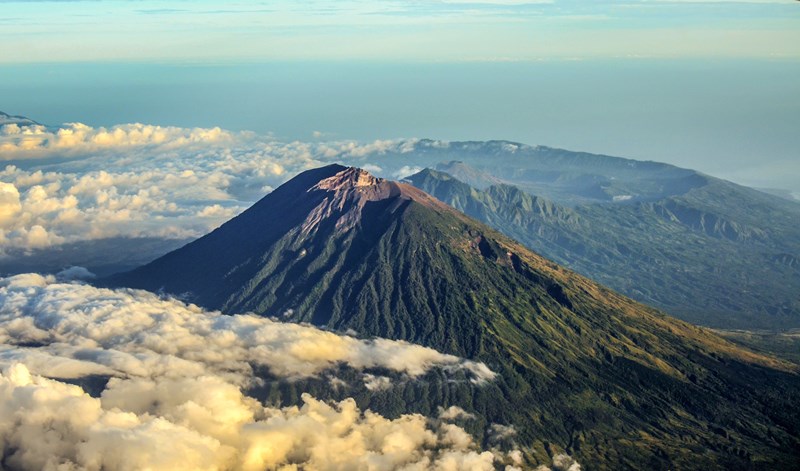
Highest volcano threat level activated as Mount Agung, Bali seismic activity remains high.
Mount Agung, situated on the highest point in Bali, last erupted in 1963/64 which was considered one of the largest and most devastating in Indonesia’s history. It first erupted in February, with lava travelling 7km over a 20-day period, then again in March sending debris up to 10km away.
An increase in seismic activity in September 2017 meant a raised alert, and the evacuation of around 140,000 people from under-threat villages.
It’s estimated that due to the imminent threat of the volcano erupting, that Bali could see up to a 30% drop in tourists. Britons currently on the island have been advised to stay out of the volcano exclusion zone, while Google have issued an SOS alert to provide key information to people in Bali in case of emergency.
With the threat of an eruption, brings the issue of volcanic ash clouds spreading in the skies above which could cause major air travel disruption, much like the disruption that caused havoc after the eruption of Eyjafjallajökull, Iceland in 2010.
Heading that way? Not to worry, the Bali government have stated the island is still safe to visit. However, it would be advisable to factor this in with your insurance policy. In the aftermath of the Eyjafjallajökull volcano, we paid out approximately £660,000 to customers who were affected.
Our Volcanic Ash Cloud bolt on is available from just £8 per trip, and covers Travel Delays, Abandonment and Missed Departures as a result of volcanic ash, up to the limit stated on your policy schedule.
In the event of an eruption, please check with your airline or travel agent before travelling to the airport.
← Monarch Cease Trading: Important Information for Passengers